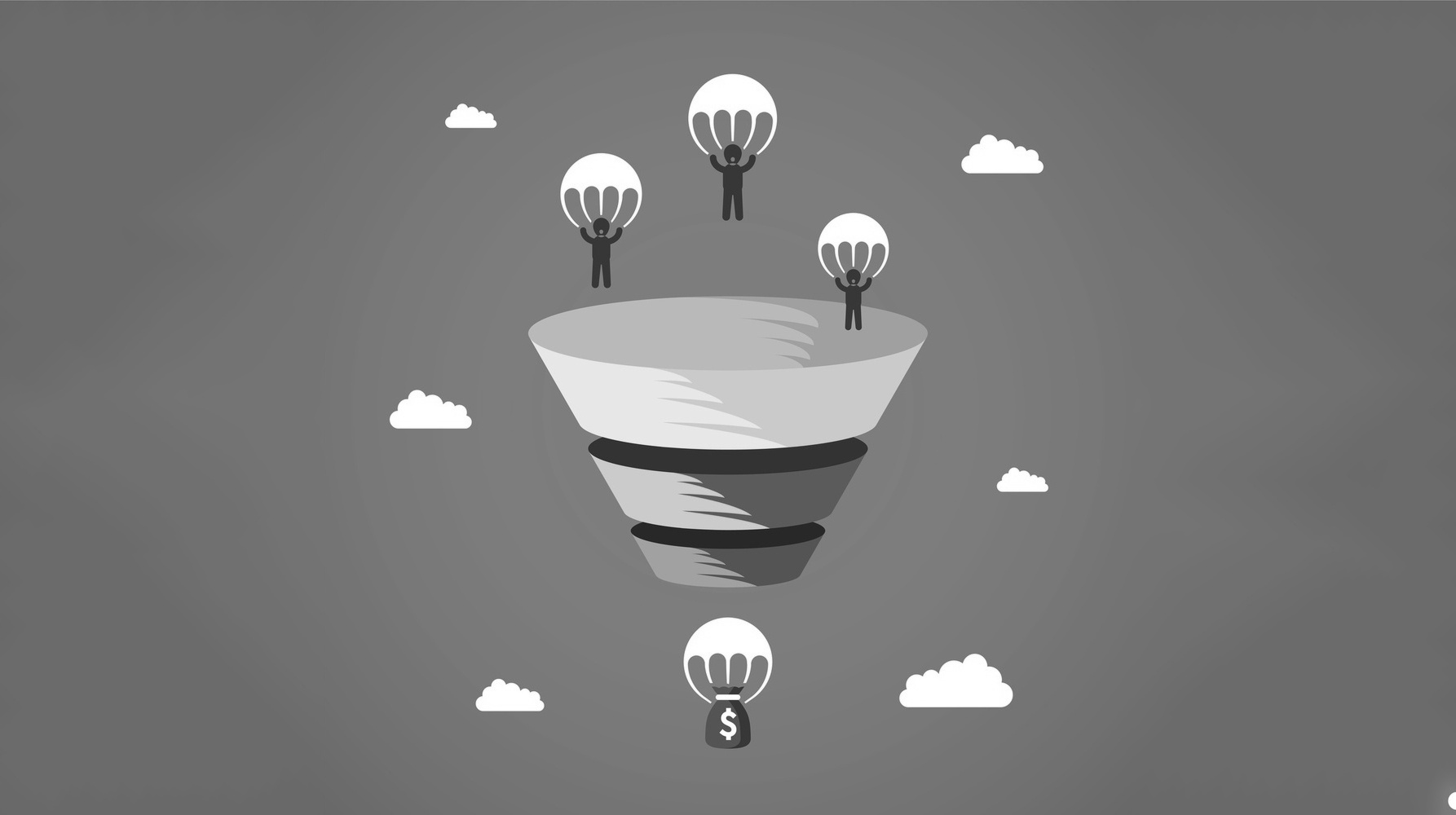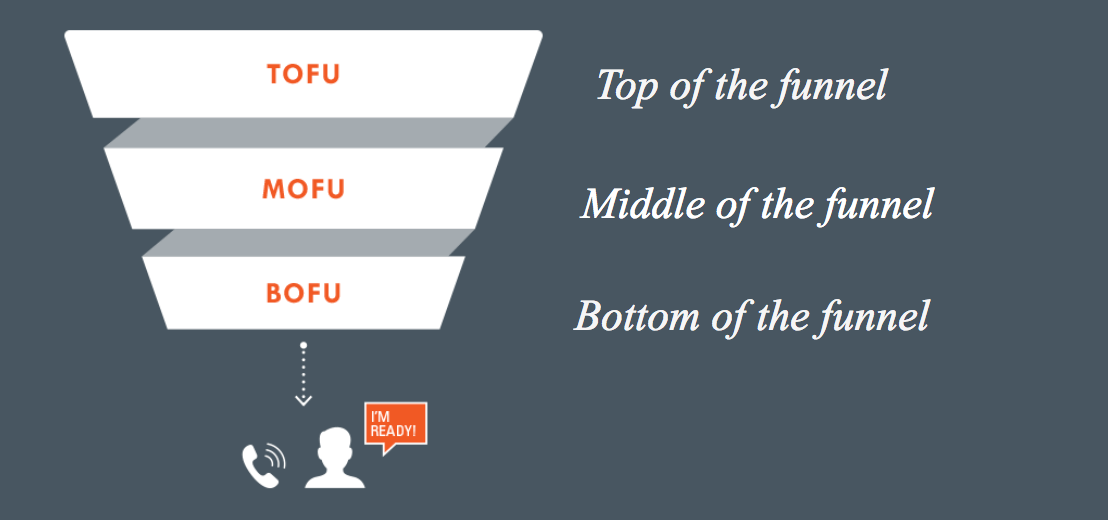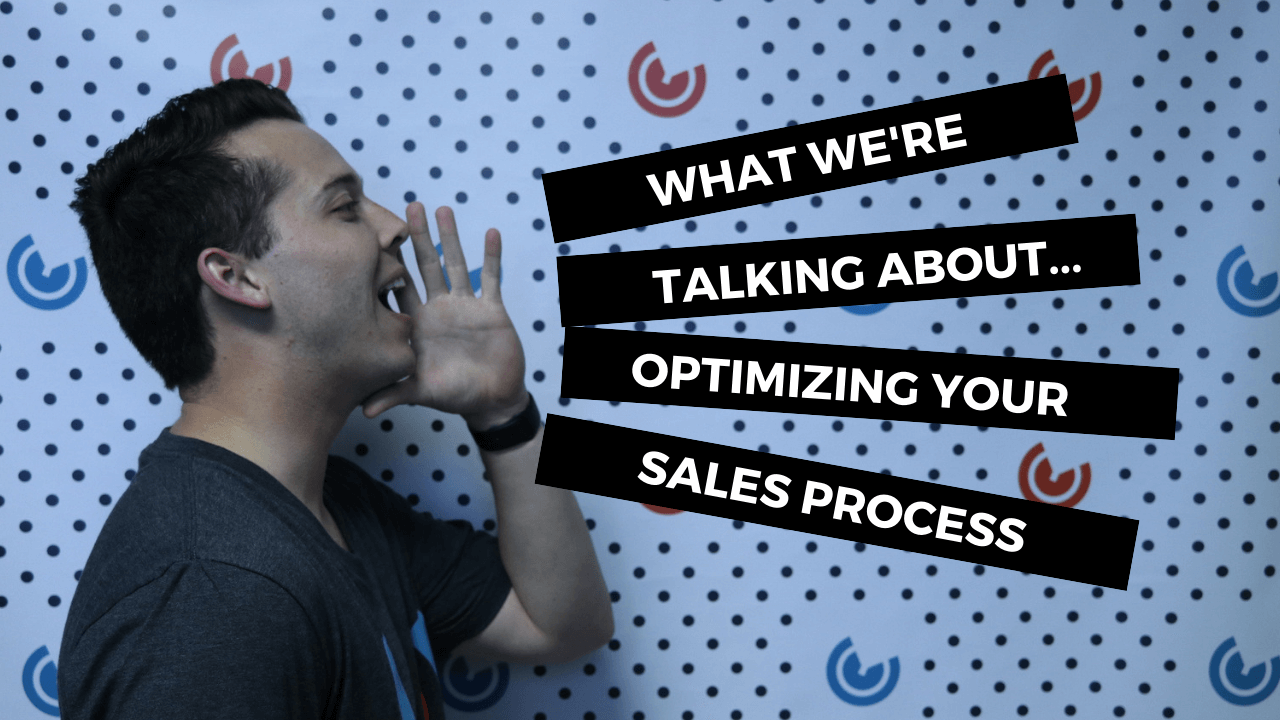Marketing to Customer 2.0
Years ago I was on a webinar where they were discussing a shift in how customers are acquired. They called it the customer 2.0 trend (or 3.0...
I know what I am looking for, and would like to chat.
A team of data-driven marketers obsessed with generating revenue for our clients.
Because the proof is in the pudding.
At Campaign Creators we live by three principles: Autonomy, Mastery, Purpose.
4 min read
![]() Sean Farias
:
10/13/16
Sean Farias
:
10/13/16

Telemarketers, pop-up ads, spam mail, tv commercials — what do all these things have in common?Here's the short answer: no one likes them. The longer answer? These "outbound" marketing campaigns aren't effective and don't result in lead generation.
Each stage of your sales funnel needs an inbound marketing strategy, and we're going to tell you exactly how to pull this off. Let's get into it!
This blog post is part of "Your Definitive Guide to Lead Nurturing" blog series.
Think about it: how many times have you hung up on a telemarketer, set up an adblocker, marked an email as spam, or changed the channel from a pushy commercial?
As a consumer, you know that these marketing methods don't encourage you to purchase products.
And whether you're new to the digital marketing scene or you're a seasoned marketing head, you know that you're going to have to take a different approach to your sales funnels in order to convert today's consumers.
The fact is that customers in 2016 aren't willing to put up with the aggressive sales approaches of the past. What customers really want is to be given the information they need to make smart buying decisions.
Inbound marketing is the marketing approach of the future.
Basically, rather than directly pitching sales to customers, inbound marketing brings the customer to you. Inbound marketing has dozens of subsets, but the main categories include blogs, podcasts, eBooks, newsletters, SEO, and social media marketing. These content marketing forms can bring customers in at any stage in the sales funnel.
Here's why you should be using inbound marketing.
Although the inbound marketing approach is relatively new to the marketing scene, there's no questioning that it's extremely effective. However, what many marketers don't realize is that inbound marketing is important at every stage of the sales funnel, not just at the top!
According to Pardot's "2013 State of Demand Generation" study, 77% of customers today want different, targeted content at each stage of their research process.
The numbers don't lie.
Your sales funnel won't be as productive as it could be until it includes inbound marketing all the way from the top to the bottom.
Keep reading for our inside scoop on why inbound marketing is crucial at each stage of your sales funnel!

As we mentioned before, today's buyers are different. And, as a good marketer, it's your job to adapt and grow your campaign in tandem with your prospects. You can't expect to convert those prospects into leads if you're not current with consumer behavior.
At the top of the funnel, your primary objectives should be:
Can you guess the best way to attain these objectives? That's right! Inbound marketing.
Give your audience high-quality content related to your industry or topic. At the top of the sales funnel, potential buyers are looking for the solution to a problem. By giving your audience helpful solutions for free, you're providing the education buyers need to make a decision.
You've also just given your audience reason to trust your brand, all without mentioning your product or putting on your salesman hat.
With inbound marketing, you create or commission high-quality content and provide this asset to your audience. This content not only helps potential buyers make educated decisions but also establishes your brand as an expert in your target industry.
If potential buyers are going to you for the answers to their product-related questions, they're likely to turn to you when it comes time to actually buy as well.
Inbound marketing is crucial from the get-go, but it's just as important as you get further down the sales funnel.
At the middle of the funnel, your objectives should be:
Here's why you need inbound marketing in the middle of your sales funnel:
Keep providing customers with high-level, informative content, but start weaving your product into the narrative. Give your customers opportunities to to take action. Gate your content with an email form so that you can turn visitors into leads.
Maintain your brand's relevance bydripping communications to your leads over time. After obtaining a lead, follow up with an nurturing emails that remind customers why they signed up in the first place.
Provide your audience with free interactive content, such as webinars or eBooks. Help potential buyers realize that your product is the solution to their problem.
But don't stop there! You need inbound marketing at every stage of the sales funnel.
At the bottom of the funnel, your only objective is to make the sale.
If a customer has gotten this far down the funnel, they're ready to buy. All that's left for them to decide is who to buy from.
In many ways, the bottom of the sales funnel is the most critical stage in the process. That's why it's essential that you keep utilizing inbound marketing strategies.
Don't abandon potential buyers just because they've gotten to the bottom of the funnel. And whatever you do, don't fall back on aggressive marketing methods! Keep nurturing your prospects with great content and trust the process.
At this point, you've put in all the work. All that's left to do is pitch your product with confidence, and rely on the loyalty and trust you've been building with the potential buyer all along through inbound marketing.
This means that your company won't get a chance to personally communicate with most potential buyers until close to the end of the sales funnel.
Avoid losing customers as they move down the sales funnel by nurturing your audience with strong content at every stage of the buying process.
Gather more leads. Make more sales.
Start planning your inbound marketing campaign today!
The channels involved in your inbound marketing plan should work together to push valuable content to your audience. Follow our free Inbound Marketing Ecosystem Worksheet to create valuable assets for Lead Generation and conversion. Just click to download.

Years ago I was on a webinar where they were discussing a shift in how customers are acquired. They called it the customer 2.0 trend (or 3.0...

1 min read
The practice of optimizing your sales process is ever important. It incorporates a balance of interaction and communication between different teams...

Our market researcher, Tammy Duggan-Herd, attended the 3-day B2B Marketing Exchange Conference in Scottsdale, Arizona! So we thought we’d put...